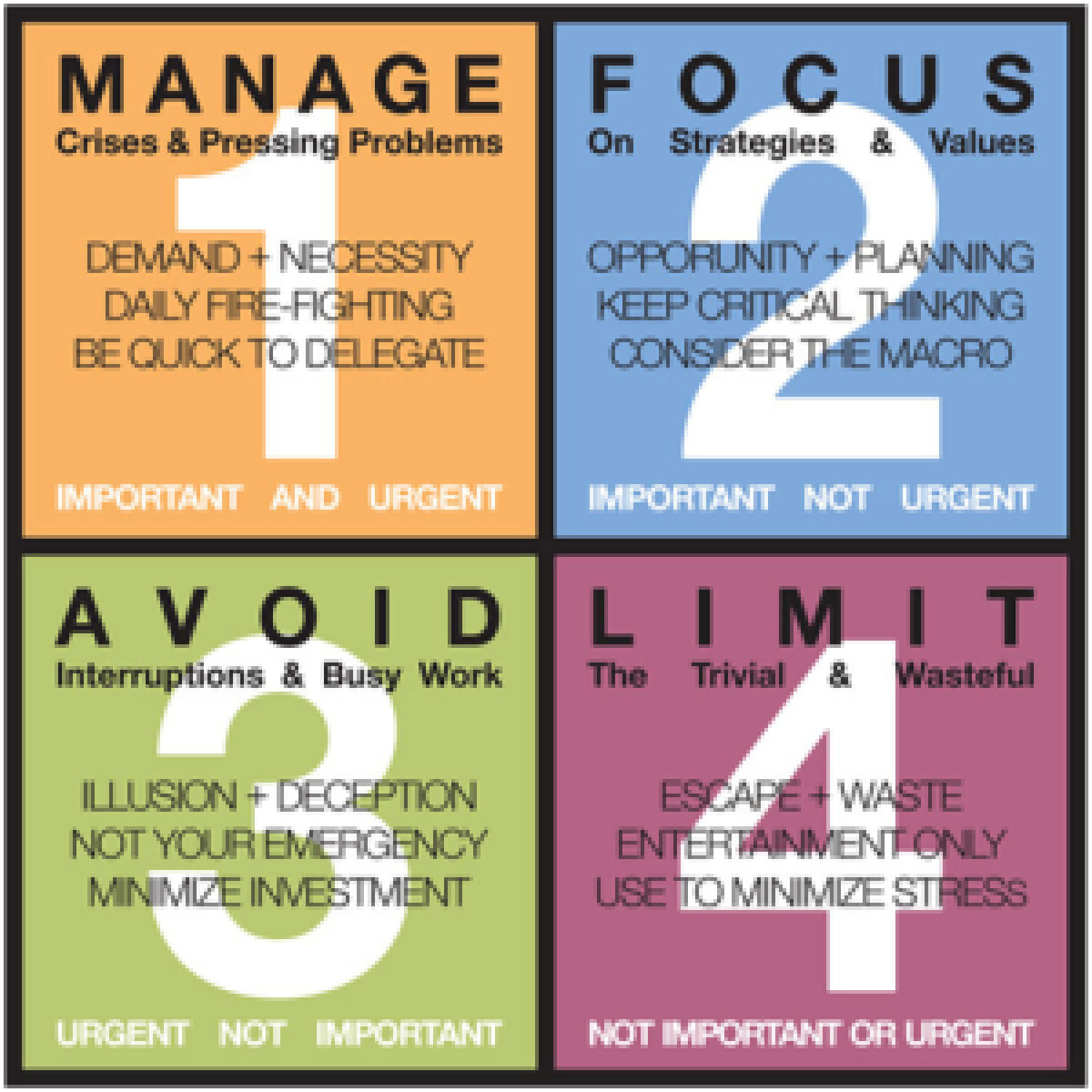3 time-management hacks for improved workflow & life balance

By Leah Colvin
This time of year is filled with parties, time spent with family and friends, and – hopefully – vacations. All of these fun events can also increase stress from trying to balance greater demands on your personal time with work obligations. As the year winds down, this can be a great opportunity to take advantage of techniques to help you achieve your work and non-work goals more efficiently and reduce stress. Below are three science-backed techniques to help you achieve greater work-life balance.
1. Set Limits
It is an age-old misconception that working more gets more work done. In fact, research has shown that work productivity becomes marginal after 50 hours per week, and is eliminated by 70 hours per week. This is thought to be largely due to increased stress and exhaustion, resulting in more errors made that need to be corrected and a decreased pace of work, both of which eat up time that could be better used elsewhere. Setting limits to your work schedule and boundaries regarding work-related emails and phone calls during non-work hours will in fact increase your productivity, create more personal time, and, ultimately, improve your physical and mental wellbeing.
2. The Eisenhower Decision Matrix
Named after former U.S. President Dwight D. Eisenhower, the Eisenhower Decision Matrix is a way to organize tasks by how important and urgent they are. To use this technique, create a list of the tasks you need to complete in a given time frame (today and this week are the most common). Next, put a check next to important tasks, and an x next to unimportant tasks. Next to that, add an exclamation point to those tasks that are urgent, and a dash next to those that are not. Then, complete your tasks in the following order:
1. Important and urgent: Crises; e.g., fixing an error in a fellowship submission, attending to an equipment malfunction
2. Important but not urgent: Goals; e.g., performing an experiment, writing, reading papers, career development activities, self-care/health care
3. Not important, but urgent: Interruptions, Others’ Goals; e.g., reviewing a peer’s paper or fellowship application, performing an exploratory experiment at another’s request, most emails
4. Not important and not urgent: Distractions; e.g., reading papers not related to your project, data analysis that is not goal-driven, social media, focus on minute details
Read more on how to use the Eisenhower Decision Matrix here and here.
3. Time Blocking
Time blocking is a way to plan and schedule your tasks and create your own deadlines while avoiding distractions and multitasking, which universally reduces efficiency and productivity. Using the results of your Eisenhower Decision Matrix, spend 5-15 minutes at the end of every workday or workweek to devote specific chunks of time for each task that you need to complete in the next workday or workweek, respectively. When creating your time blocks, include time for reactive work, such as responding to emails or phone calls, and self-care such as meals, breaks and recreation. Reflect on your most productive time of day and/or day of the week, and schedule the most difficult or dreaded tasks for that time. Finally, create goal-oriented but slightly nonspecific blocks to allow for flexibility; for example, use “Writing” rather than “Write Project 1 Article” and “Communications” rather than “Respond to emails.” Finally, be realistic about the amount of time that each task will take you to complete, and become comfortable with stopping work on a particular task when the block ends, where appropriate (i.e. active experiments may take longer than anticipated, and that’s ok!).
Read more on how to create and stick to Time Blocking here.

